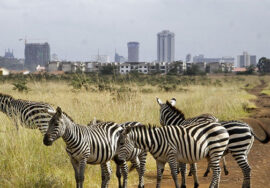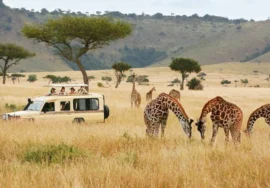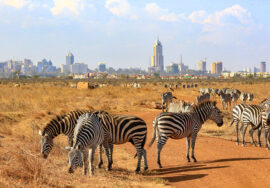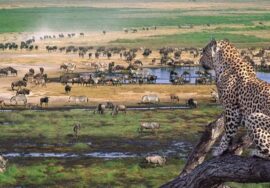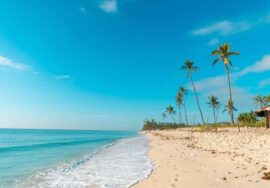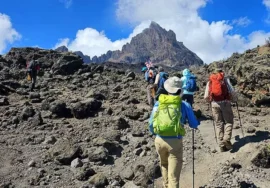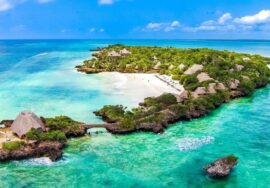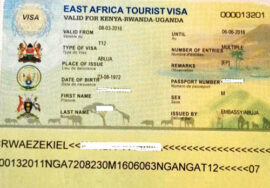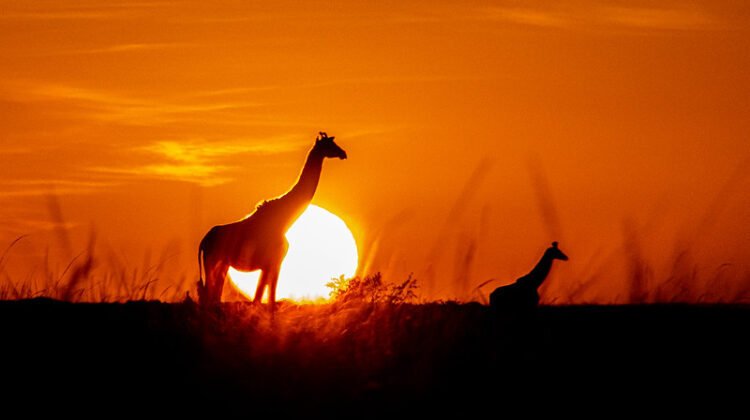
What is the difference between the Masai Mara game reserve and adjacent conservancies
Masai Mara adjacent conservancies
Year-round, fewer people visit the conservancies next to the Masai Mara because game drives can only be taken by people living in the conservancies’ tented camps. In some conservancies, the most people that can live on an average of 700 acres and one camp is thirty.
People who are living in conservancies can still go on drives into the Mara Game Reserve to see animals, but they have to pay an extra $80 per day park fee. Some tented camps may offer a free day trip to the Masai Mara game reserve for guests who stay for more than two nights.
During drives to see wildlife in the conservancies, off-road driving is allowed. In case the animals are far from the game watching tracks, this lets people get close to them.
-The rule that only five cars can be in an area where wildlife is seen works better in conservancies. This rule is sadly broken in most of the Masai Mara game reserve. The only place where Driver/Guides are not following the rule is in the Mara Triangle, where they are fined. A sighting in the national area will often have more cars than are allowed gathered there.
—One could say that lion lovers may have a better chance of seeing lions at some conservancies. It is important to note, though, that the Masai Mara ecosystem has a very high population of lions, which means that they are easy to see. In general, the Masai Mara is lion and big cat country.
-Drives to see wildlife at night are allowed in the conservancies until 10 p.m. In the National Reserve, drives to see wildlife at night are not allowed because the reserve only opens at 6:30am and closes at 6:30pm.
-Guided for Longer In the conservancies, you can go on a walking tour, but not in the Masai Mara National Reserve. These are not quite the same as the vehicle game watching drives.
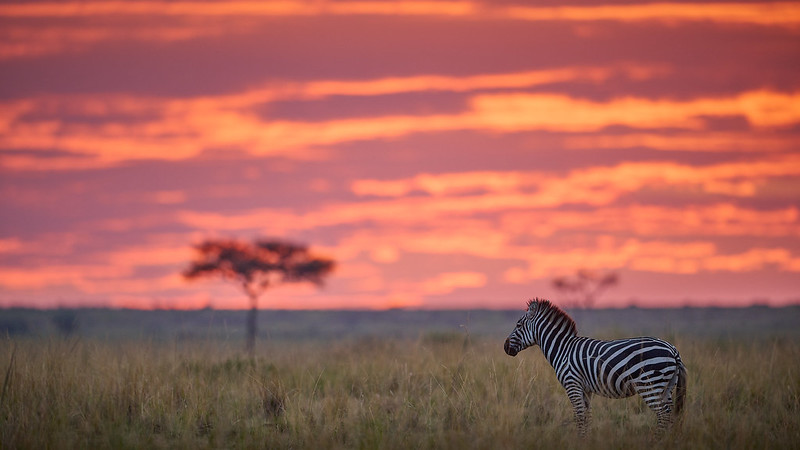
Masai Mara game reserve
The Great Wildebeest Migration and crossing the Mara River can only happen in the Masai Mara game reserve. The best time to see the river crossings is from July to September. However, in some years, this can start as early as late June and go through mid-October, based on the weather.
Visitors who stay in the conservancies have to take day trips into the Masai Mara reserve during the Great Migration months to see the Wildebeest crosses.
-A lot of people tour the Masai Mara reserve all year long. This is because people stay in its many safari hotels and tented camps, and people from the conservancies come there for the day. About five times as big is the Masai Mara game reserve as the biggest conservancy in the Mara North. Its size makes it seem like it doesn’t have many people at any given time, and the number of cars may make it seem even less so.
—Masai Mara is still the best place to see big cats, and the area is still a cheetah, leopard, and lion hotspot.
-The Mara, Talek, and Sand rivers are the key features of this amazing ecosystem. They flow through the Mara reserve and keep it alive. They are a unique part of the Masai Mara national reserve. They are beautiful to look at, and hippos and alligators live in them.
-You can only see the critically threatened Rhino in the Mara reserve, and only in the Mara Triangle. People who are interested in the “Big 5” should think about going to the area.
-The Mara Triangle is the best example of how to run a wildlife park. The rules about not going off-road are strictly enforced, and the roads here are in good shape.

